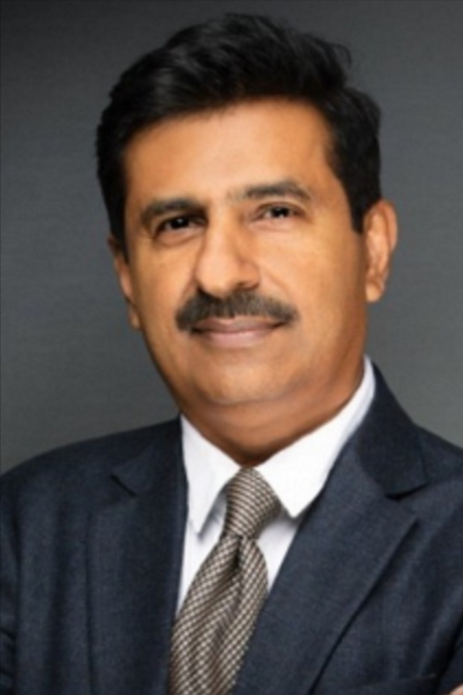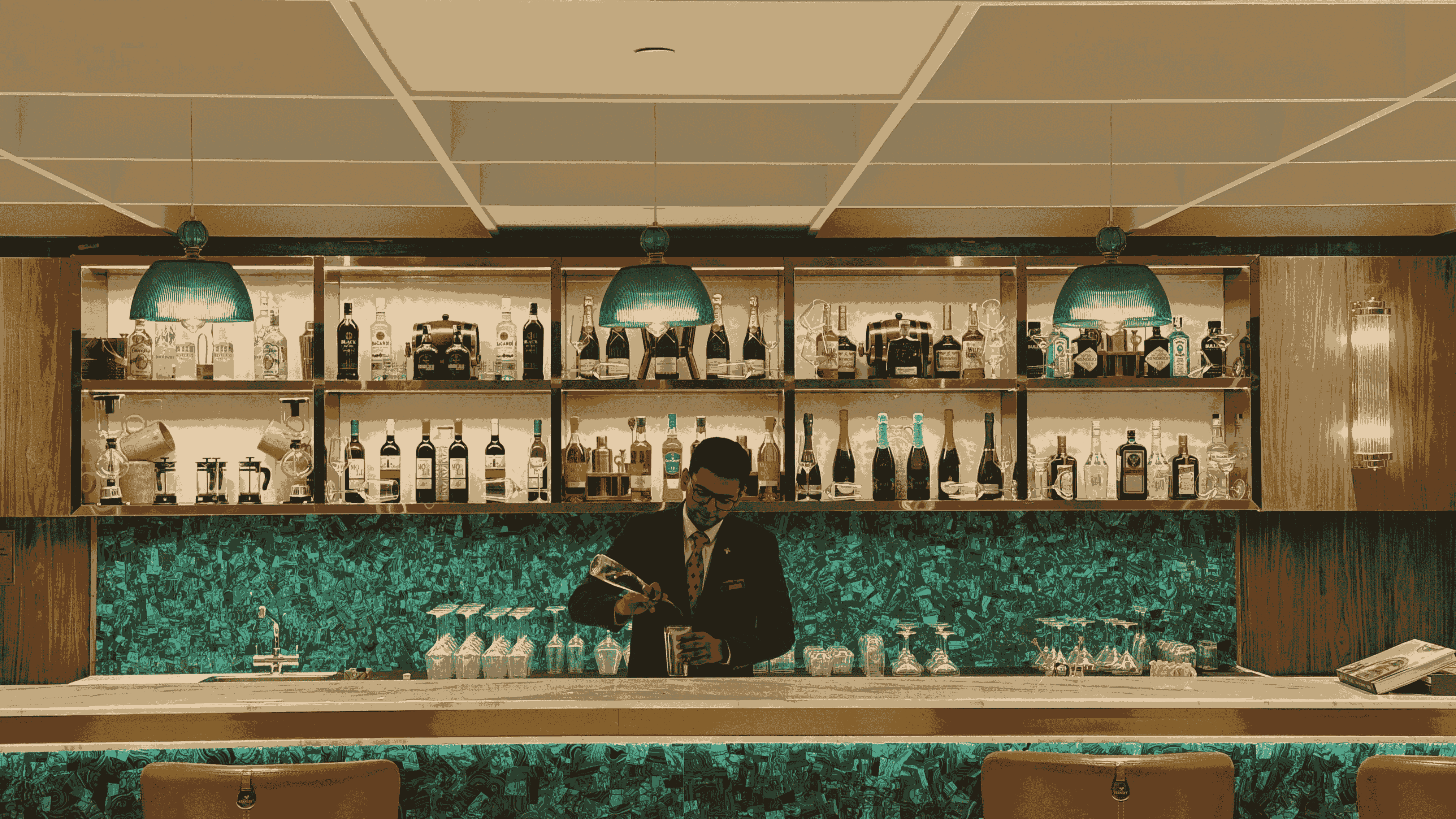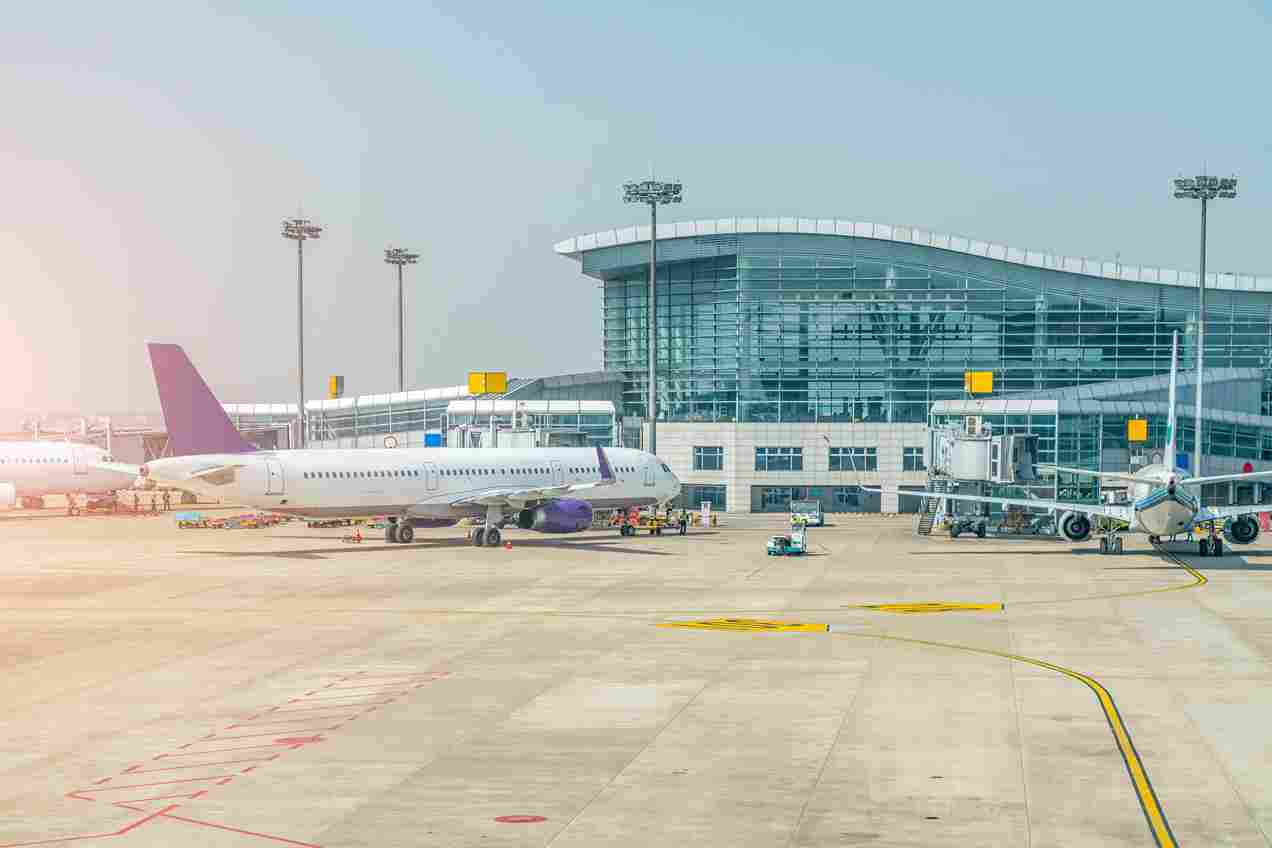While IATA’s guidelines for restarting passenger flights amid the COVID-19 pandemic through a layered approach for bio-security measures has been received well by airlines and airports, the point pertaining to keeping the middle seat open is viewed with trepidation by passengers and with caution by airlines, and with reason, say aviation experts.
Airlines that have started operations within India are not flying full load as per the new guidelines. While this certainly is a welcome gesture for passengers, it remains to be seen how demand in the coming days will change the situation. For now, with the low load, the middle seat may well be kept open, and this is exactly what Kurt Hofman, an Austria-based industry expert, says. “Even if airlines resume passenger flight operations, the load will be so low that the middle seat question may not even arise. The airline industry and the allied industries that cater to airlines are so badly affected that out of the 16,000 aircraft parked around the world today at 700 different airports, 2800 will never come back to the skies. It’s no surprise that airlines argue against keeping the middle seat free even as passengers are left feeling unsafe due to the close proximity with another person.”
Saleem Amanulla, Senior Vice President, Airport Operations, Oman Air (that flies to eleven Indian destinations from its hub in Muscat), says that IATA and airlines have expressed their concern regarding “empty middle seat” that will seriously impact airline survivability and it’s not a long-term solution. However, in the interim, Oman Air will follow the guidelines. If the situation continues to improve, the fun can come back, perhaps by this year-end, but passengers will remain alert and for all good reason, says Captain Nandkumar, Airbus Fleet Training Manager. “Leaving the middle seat vacant may psychologically instil more confidence in a passenger. However, a seat with an approximate width of 18 inches does not really comply with the mandated physical distancing. Screening passengers before boarding, use of face masks combined with the downward airflow in the cabin along with High Efficiency Particulate Air (HEPA) filters on all modern aircraft may reduce the chances of spread of COVID-19 in an aircraft. This fact needs to be brought to the attention of the passengers convincingly.” Nandkumar says.
Irrespective of all the collective voices of airlines and aviation experts expounding the futility of leaving the middle seat open, the passengers do beg to differ. Girish Shah, Executive Director of Knight Frank India, Mumbai, feels that middle seats must be left free.
“The Airlines should not compromise customer safety for short-term gains. Airlines that keep middle seat empty may lose short-term revenue, but will gain customer loyalty and a lifetime value. Personally, though I travel a lot, under the current scenario, I will not travel till a vaccine is found and its efficacy is proven. The risk is too high to take a vacation till then. Add to it the fact that the risk of catching the COVID-19 virus is high in a closed environment like airports. Unless there is no other choice but to travel, not many would venture out,” he shares.
 TravTalk India Online Magazine
TravTalk India Online Magazine




